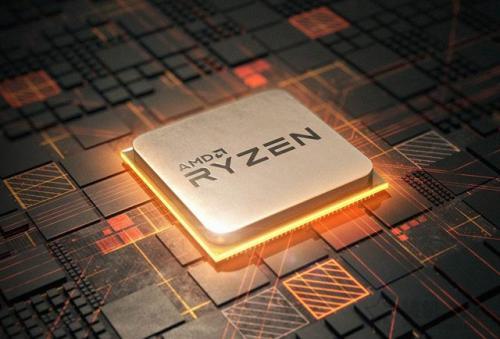Home >Software Tutorial >Mobile Application >How to overclock your CPU. Learn it in seconds: How to overclock your computer CPU.
How to overclock your CPU. Learn it in seconds: How to overclock your computer CPU.
- WBOYWBOYWBOYWBOYWBOYWBOYWBOYWBOYWBOYWBOYWBOYWBOYWBforward
- 2024-03-07 10:52:091018browse
php Xiaobian Youzi teaches you how to understand computer CPU overclocking methods in seconds. Overclocking is a technology that increases the speed of the CPU and can improve computer performance. This article will provide an in-depth analysis of the principles of overclocking, introduce the benefits and risks of overclocking, as well as overclocking steps and precautions. By studying this article, you will be able to easily master the techniques of CPU overclocking and fully improve the performance of your computer.
Many computer enthusiasts like to tap into the potential of their computers, and the most popular method is overclocking. Many newcomers are equipped with hardware that supports overclocking when purchasing computers, but they don't know how to operate it. So let's introduce the related methods of overclocking.


What is overclocking
Overclocking is to increase the rated frequency of the CPU, graphics card, memory and other hardware. You can break through your own limitations and reach higher levels. With the current level of technology, overclocking is really not a problem. Overclocking can improve computer performance to a certain extent. For gamers, it is the pursuit of ultimate performance, and for professionals, it is to break through testing limits.
CPU overclocking steps
1. Jumper setting for overclocking. Most early motherboards used jumper or DIP switch settings for overclocking. Near these jumpers and DIP switches, there are often some tables printed on the motherboard, which record the functions defined by the combination of jumpers and DIP switches. In the off state, you can set the frequency according to the table. After restarting, if the computer starts normally and runs stably, it means the overclocking is successful.
2. BIOS settings for overclocking. Nowadays, mainstream motherboards have basically abandoned jumper settings and DIP switch settings to change the CPU multiplier or FSB, and instead use more convenient BIOS settings. After starting the computer normally, press the DEL key to enter the motherboard's BIOS setting interface. This is currently the most common overclocking method.
How to deal with overclocking failure
So what should I do if the overclocking fails and eventually the system cannot be entered? In fact, most current motherboards can well avoid being unable to boot due to overclocking failure. When the system cannot be restarted due to overclocking, the motherboard will automatically load the system's default settings to restore the system to normal operation. However, some motherboards require users to long press the "Insert" or "Home" key during restart to reload the default settings.
1. Enter the BIOS setting interface to restore. If you can still enter the BIOS setting interface, we can select the "Load optimized default" option to restore. This option actually restores to the factory default settings.
2. Restore to factory default settings. If the system cannot boot normally and you cannot even enter the BIOS setting interface, don’t panic. We have the final “killer” – clear COMS. !That is, we often hear what everyone calls the clear BIOS operation, but in fact this operation is to clear the various settings saved in the motherboard BIOS and restore it to the factory state.
3. Jumper cap Normally, there will be a small jumper cap next to the BIOS or battery of the motherboard. We only need to turn off the power completely, pull out the jumper cap, and short-circuit pins 2 and 3 for 5 seconds. Due to the loss of power supply, the BIOS settings will also be lost and restored to default. However, in the end, remember to put the jumper cap back on pins 1 and 2, otherwise the machine will not turn on. Some motherboards are designed with clear COMS button
4. Clear BIOS. Of course, some motherboards are designed with clear COMS function button, which is very convenient.
The above is the detailed content of How to overclock your CPU. Learn it in seconds: How to overclock your computer CPU.. For more information, please follow other related articles on the PHP Chinese website!

